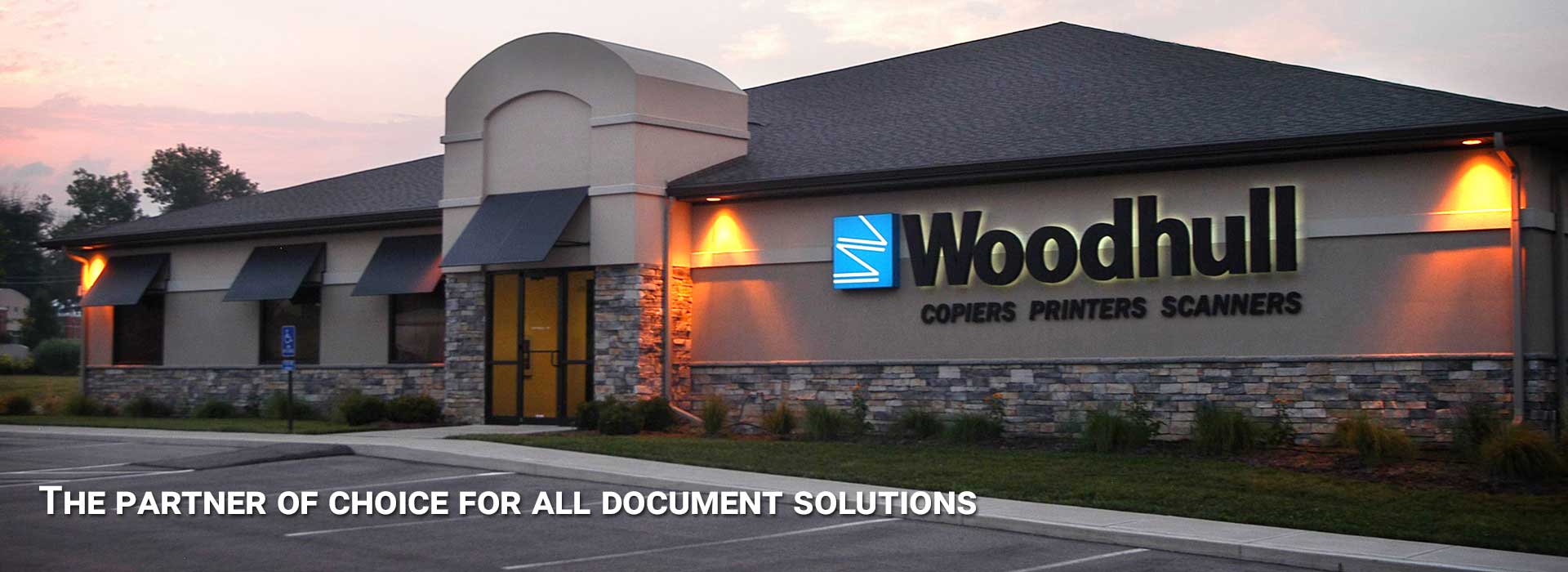
Choosing the right commercial imaging technology can be a daunting task, especially given the variety of options available in the market today. However, the process becomes more manageable when you understand your specific needs and what different technologies have to offer. In this article, we will guide you through the process of selecting the right imaging technology for your business.
Understand and Identify Your Business Needs
Before you start exploring various imaging technologies, it’s essential to have a clear understanding of your business needs. This involves identifying the type of images you need to capture, their quality, and the volume. For instance, if you need high-resolution images for detailed analysis, you should consider advanced technologies like high-definition or 3D imaging. If you’re dealing with a high volume of images, you might need an automated imaging system.
Evaluate Different Technologies
Once you’ve identified your needs, start researching different imaging technologies. Some of the common ones include:
- Digital Imaging – This is the most common type of imaging technology and involves capturing images using digital cameras. It’s suitable for general purposes.
- Thermal Imaging – This technology uses heat signatures to generate images. It’s ideal for applications like security surveillance and equipment inspection.
- 3D Imaging – 3D imaging creates three-dimensional representations of objects. It’s useful in fields like architecture, engineering, and medicine.
- Infrared Imaging – Infrared imaging captures images using infrared radiation. It’s used in applications like night vision and temperature measurement.
- X-ray Imaging – This technology uses X-rays to capture images of the internal structure of objects. It’s commonly used in healthcare and industrial inspection.
Consider the Cost
Cost is a significant factor when choosing commercial imaging technology. High-end technologies like 3D and X-ray imaging tend to be more expensive than basic digital imaging. Therefore, you need to balance between your imaging needs and budget constraints.
Check Compatibility
Ensure the imaging technology you choose is compatible with your existing systems. For instance, if you’re using certain software for image analysis, the technology should be able to produce images in a format that the software can handle.
Consult Experts
If you’re unsure about which technology to choose, consider consulting experts in the field. They can provide valuable insights based on their experience and understanding of the latest trends.
FAQs About Choosing the Right Commercial Imaging Technology for Your Business Needs
How do I determine the right imaging goals for my business?
- Crafting imaging goals starts with understanding your business needs. Identify areas where imaging can enhance processes, decision-making, or customer experiences.
Is AI-powered imaging suitable for small businesses?
- Yes, AI-powered imaging can benefit small businesses by automating tasks, improving accuracy, and providing valuable insights for informed decision-making.
What role does scalability play in choosing imaging technology?
- Scalability ensures your imaging solution can grow with your business, accommodating increased data volumes and technological advancements without major disruptions.
Can 3D imaging be applied in non-technical industries?
- 3D imaging finds applications in various industries, including retail for virtual product displays, healthcare for diagnostics, and manufacturing for prototyping.
How do I ensure the chosen technology integrates with my existing systems?
- Consult with the technology provider to assess compatibility and explore integration options. A seamless integration minimizes disruptions and enhances overall efficiency.
What steps can I take to make my imaging technology more energy-efficient?
- Opt for energy-efficient hardware, implement power-saving settings, and consider cloud-based solutions that optimize resource usage.
Choosing the right commercial imaging technology requires a good understanding of your needs, careful evaluation of different technologies, consideration of cost, and consultation with experts. By following these steps, you can ensure you select a technology that meets your business needs effectively and efficiently.





No comment yet, add your voice below!